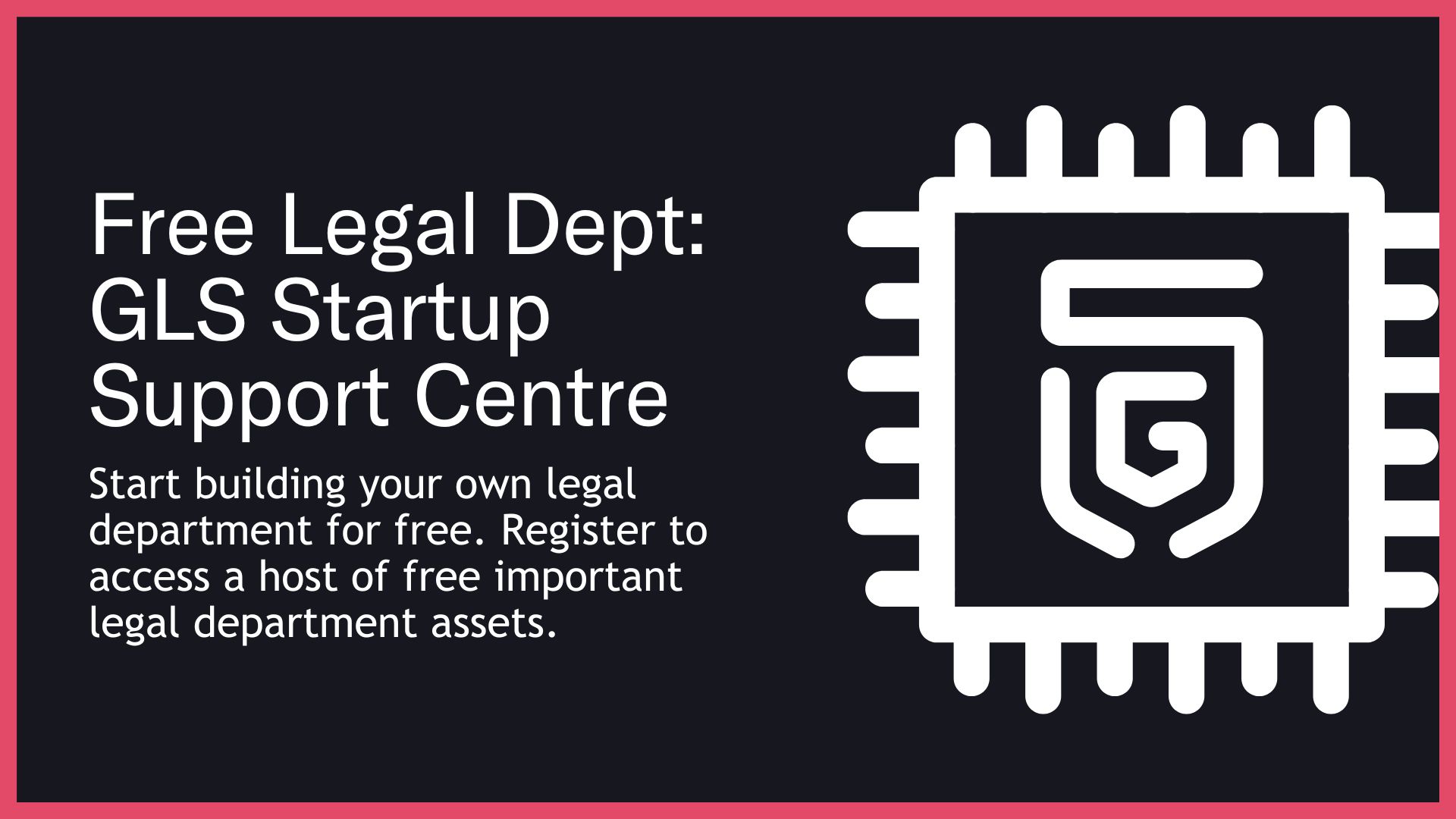GLS Legal Support Centre
Legal Made Easy For Startups
Back
Legal & Regulatory Assessment
Introduction
“If you don’t know the rules, you’re not playing the game - you’re gambling your business.” – Matt Glynn
Many startups rush to market without first mapping the legal and regulatory terrain they’ll be operating in. That’s like building a house without checking the zoning laws - you could end up tearing it down before you ever move in.
PAA: What is a regulatory landscape audit?
A regulatory landscape audit is a structured review of all the laws, regulations, and licensing requirements that apply to a business, based on its industry, products/services, and jurisdictions. It identifies compliance obligations before operations begin.
PAA: Why is a regulatory landscape audit important for startups?
Because unknown regulations can make your business model illegal, cause costly delays, or lead to crippling fines and enforcement action.
Why This is Important
This is an important stage of the start-up journey because:
◼️Risk visibility – Identifies all compliance risks before launch.
◼️Cost control – Prevents unbudgeted regulatory expenses.
◼️Market access – Ensures you can legally operate in your chosen market.
◼️Investor readiness – Proves operational maturity to funders.
◼️Time efficiency – Avoids delays from missed approvals or licences.
◼️Strategic planning – Informs decisions about location, products, and services.
◼️Product adaptation – Shapes design to meet legal requirements.
◼️Brand credibility – Builds trust with customers and regulators.
◼️Operational safety – Meets health, safety, and quality standards.
◼️Growth scalability – Creates a foundation for expansion into new markets.
PAA: When should a startup conduct a regulatory audit?
Ideally before launch, and then periodically as your business grows, enters new markets, or changes its product/service offerings.
PAA: What industries have the most regulations?
Sectors such as healthcare, finance, food & beverage, transport, and energy typically face the heaviest regulatory burdens.
Consequences of Not Addressing This Issue
Legal Implications
◼️Operating without required licences or permits.
◼️Fines, penalties, or shutdown orders from regulators.
◼️Exposure to lawsuits for regulatory breaches.
Founder Relationship Issues
◼️Disagreements over compliance costs and timelines.
◼️Strained relations if legal problems halt growth.
Commercial Implications
◼️Loss of customer trust due to non-compliance.
◼️Barriers to entering key markets or securing contracts.
Operational Implications
◼️Product recalls or forced redesigns.
◼️Disruption to supply chains due to non-compliant processes.
Biz Valuation Issues
◼️Lower investor interest due to compliance risks.
◼️Reduced acquisition value if operating unlawfully.
PAA: What happens if you ignore regulatory requirements?
You risk enforcement action, product bans, reputational damage, and even business closure.
What You Should Be Doing
1. Identify Applicable Laws – Research laws by industry, jurisdiction, and activity.
2. Map Licence & Permit Needs – Understand approval timelines and costs.
3. Check Product Standards – Ensure compliance with safety, quality, and labelling rules.
4. Review Data Regulations – Include privacy, cybersecurity, and consumer rights laws.
5. Engage Experts – Consult lawyers or compliance specialists early.
6. Document Obligations – Keep a live register of requirements.
7. Assign Ownership – Make someone accountable for compliance.
8. Review Regularly – Laws change - your audit must stay current.
PAA: How do you perform a regulatory landscape audit?
Identify all activities your business will perform, research applicable laws and regulations in each jurisdiction, document requirements, and confirm compliance steps with legal experts.
Balancing Legal Priorities and The Need to Launch Fast
Some founders fear audits will slow them down. In reality, a focused audit saves time by preventing regulatory surprises that can derail your launch.
PAA: Can you phase regulatory compliance in a startup?
Yes - but only if you prioritise critical obligations first and have a clear plan to address the rest without exposing the business to undue risk.
How These Risks Can Play Out
1. Uber – Taxi Licensing Wars
Uber entered multiple markets without securing the necessary transport licences, sparking regulatory crackdowns, lawsuits, and outright bans in some cities. Legal costs and operational restrictions ran into the millions.
2. Juul – E-Cigarette Compliance Failures
Juul rapidly expanded without aligning with vaping product regulations in several jurisdictions. It faced youth marketing accusations, product seizures, and multi-million-dollar settlements, wiping out significant market share.
3. Airbnb – Zoning and Short-Term Rental Laws
In cities like New York and Barcelona, Airbnb hosts were fined and listings removed due to local zoning and rental restrictions. Regulatory challenges cost the platform market access and forced operational overhauls.
PAA: What are famous cases of regulatory non-compliance?
Examples include Uber’s licensing disputes, Juul’s vaping regulation breaches, and Airbnb’s zoning battles.
Final Thoughts
If you don’t know your regulatory obligations, you’re flying blind. A regulatory landscape audit is not optional - it’s your early-warning system for avoiding legal disasters, market shutdowns, and unexpected costs. The founders who take the time to do it right launch faster, scale smoother, and sleep better at night.
How GLS Can Help You
◼️Regulatory mapping across industries and jurisdictions
◼️Licence and permit requirement analysis
◼️Product compliance checks
◼️Data protection and privacy law reviews
◼️International market entry compliance planning
◼️Ongoing regulatory monitoring
◼️Compliance documentation templates
◼️Training for compliance awareness
◼️Due diligence readiness packages
◼️Risk-based compliance prioritisation strategies

